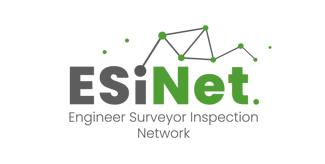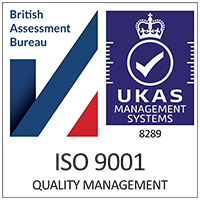In today’s fast-paced industrial world, safety engineering plays a pivotal role in ensuring the well-being of workers and the smooth functioning of businesses. One essential regulation that every UK-based company should be aware of is the Provision and Use of Work Equipment Regulations (PUWER). PUWER is a crucial piece of legislation that governs the safe use of work equipment, machinery, and tools in the workplace. In this blog, we will delve into the key aspects of PUWER, its importance, and how it contributes to enhancing workplace safety.
What is PUWER?
The Provision and Use of Work Equipment Regulations 1998 (PUWER) is a set of regulations enforced by the Health and Safety Executive (HSE) in the United Kingdom. Its primary objective is to ensure the safety of both employees and employers by promoting the safe use of work equipment and machinery. PUWER applies to any business or organization that uses work equipment, ranging from simple handheld tools to complex machinery.
Key Aspects of PUWER
Risk Assessment: PUWER necessitates a thorough risk assessment of all work equipment used in the workplace. Employers must identify potential hazards, evaluate the risks, and implement appropriate control measures to mitigate them. This approach helps prevent accidents and injuries related to the use of work equipment.
Safe Operation and Maintenance: PUWER requires employers to provide adequate training to employees regarding the safe operation of work equipment. Regular maintenance, inspection, and servicing are also essential to ensure that equipment remains in good working condition, reducing the risk of breakdowns or malfunctions that could lead to accidents.
Suitability and Ergonomics: PUWER mandates that work equipment should be suitable for the intended task and the working environment. Employers should consider ergonomics and ensure that the equipment is designed to minimize the risk of musculoskeletal disorders (MSDs) and other health issues related to repetitive tasks.
Information and Instruction: Employers must provide clear and comprehensive instructions on the safe use of work equipment to their employees. This includes information about potential risks, operating procedures, emergency shutdown protocols, and the use of personal protective equipment (PPE).
Inspections and Records: Regular inspections and maintenance checks are crucial to keeping work equipment in optimal condition. Employers should maintain accurate records of inspections, repairs, and any issues found during these assessments. This documentation helps demonstrate compliance with PUWER regulations and can be valuable in case of HSE inspections.
Why is PUWER Important?
PUWER is essential for several reasons:
Safety: PUWER ensures that work equipment is safe to use, reducing the risk of accidents and injuries in the workplace. This not only protects employees from harm but also helps businesses avoid costly legal liabilities and reputation damage.
Legal Compliance: Complying with PUWER is a legal requirement in the UK. Failure to adhere to the regulations can lead to enforcement action, fines, or even prosecution, impacting a company’s reputation and financial stability.
Improved Efficiency: Safe and well-maintained equipment leads to improved efficiency and productivity. By preventing breakdowns and accidents, businesses can avoid disruptions to operations and maintain a smooth workflow.
Employee Confidence: Demonstrating a commitment to safety through PUWER compliance enhances employee morale and confidence in their employer’s dedication to their well-being.
Conclusion
In conclusion, PUWER is a crucial set of regulations that every UK-based safety engineering company should be well-versed in. By promoting the safe use of work equipment, PUWER plays a vital role in protecting workers, enhancing efficiency, and ensuring legal compliance. Implementing and adhering to PUWER guidelines not only creates a safer work environment but also fosters a positive workplace culture focused on employee well-being and business sustainability.











